The name of Travel Channel’s show Bizarre Foods with Andrew Zimmern pretty much explains what it’s all about right there in the title: Andrew Zimmern, trying bizarre foods.
Andrew Zimmern tried those bizarre foods while traveling the world for more than a decade and produced almost 150 episodes and two spin-offs before Travel Channel morphed into a network where people travel places and never actually see ghosts or aliens.
“For 12 years, I made a show called Bizarre Foods that everybody thought was about a fat white guy that went around the world and ate bugs,” Zimmern said earlier this year, during PBS’s day at the Television Critics Association’s winter press tour.
So if it wasn’t about a fat white guy eating gross stuff, what was it about?
 Andrew Zimmern tries Jamaican food during season 4, episode 23 of Bizarre Foods
Andrew Zimmern tries Jamaican food during season 4, episode 23 of Bizarre FoodsAndrew was at TCA talking about a new PBS series he executive produced, Hope in the Water, which is now streaming.
It follows Martha Stewart, Shailene Woodley, José Andrés, and Baratunde Thurston (star of one of last year’s best reality TV shows) as they “[travel] the globe to discover the creative solutions and breakthrough blue food technologies that could not only feed us but help save our threatened seas and fresh waterways.” Can we save the oceans and get food from them? That’s what it explores.
One critic asked Zimmern about how Hope in the Water brings up that “we mostly just eat three different kinds of fish, and the truth is like 25 kinds of fish out there that we could be eating.”
Zimmern said that while “taking everything out of the ocean and throw it on a plate” is not a great idea, and that “overreliance on just a few species of fish has driven the price up.” Instead, he said, “We need to be eating a lot more, smaller fish with the heads on it; we need to be expanding our appetites.”
And expanding our appetites is where Bizarre Foods comes in.
 (Photo by Rahoul Ghose/PBS)
(Photo by Rahoul Ghose/PBS)The Travel Channel show was not about eating yucky food. “In fact,” Zimmern said, “it was about trying to open our eyes to the world of food that was out there—and practicing acceptance, tolerance, and understanding with each other in a world that wasn’t having any of it.”
Despite that message, the association that people have with Bizarre Foods is, well, the bizarre foods. Zimmern said:
I think after about the second season—well, season one and two—I think I ate a bug about seven times, and I think I ate two more over the next 10 years in that show. Say one thing smart about how we should be eating, and nobody calls you a foodamentalist, but eat one bug and you’re the bug eater for life, right?
The show’s goal wasn’t lost on everyone. “I’ve talked to a lot of people who got the point that we were trying to get across—that we were trying to talk about acceptance, tolerance, and understanding in a world that constantly divided itself,” he said.
 Andrew Zimmern tries a beverage in Panama during season 6 of Bizarre Foods
Andrew Zimmern tries a beverage in Panama during season 6 of Bizarre FoodsZimmern explained that, “over the last 10 years of my life, I’ve focused as much time on my civic idealism as I have on my television career, and this [Hope in the Water] is the perfect merging of both of them.”
But he remains “really proud of that show” Bizarre Foods because, as he said:
The original premise of “one man’s weird is another man’s wonderful” was a way to sort of [remind] people that it doesn’t matter who you choose to love, what god you worship—if any—what language you speak, what the color your skin is.
We have way more in common than we have cultural or social totems that divide us.
The show streams free on Plex and nine seasons are streaming on Max, just in case that message is particularly useful at this particular moment in time.
-
Andy Dehnart is a writer and TV critic who created reality blurred in 2000. His writing and reporting here has won an Excellence in Journalism award from NLGJA: The Association of LGBTQ+ Journalists and an L.A. Press Club National A&E Journalism Award.
recent articles
view all stories


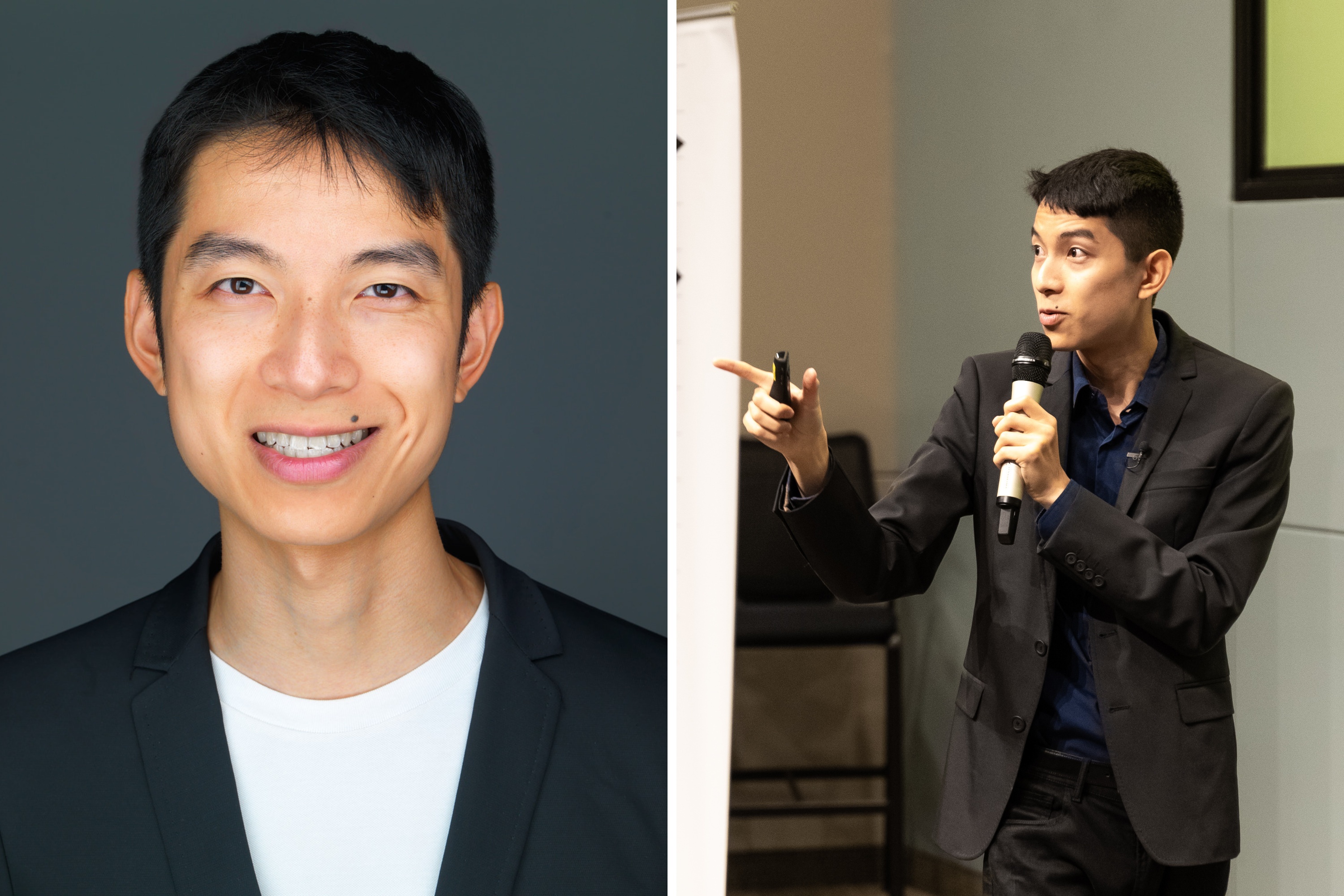



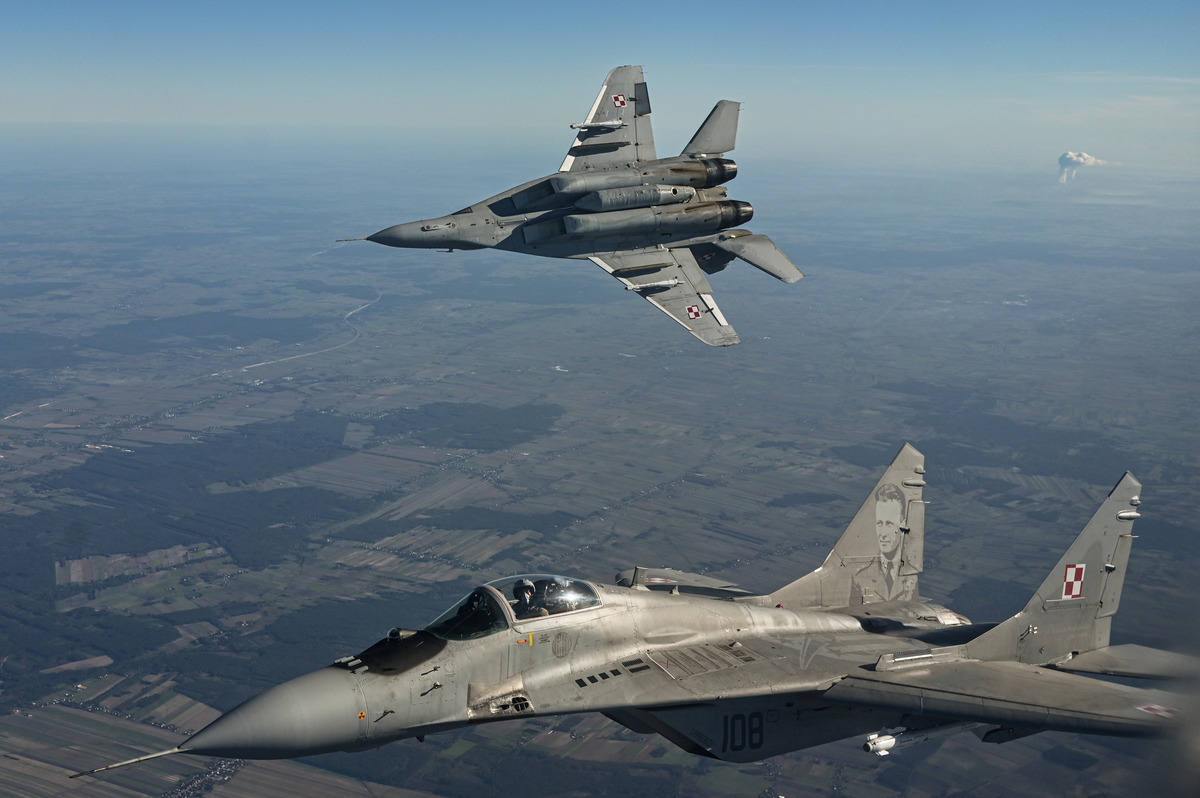

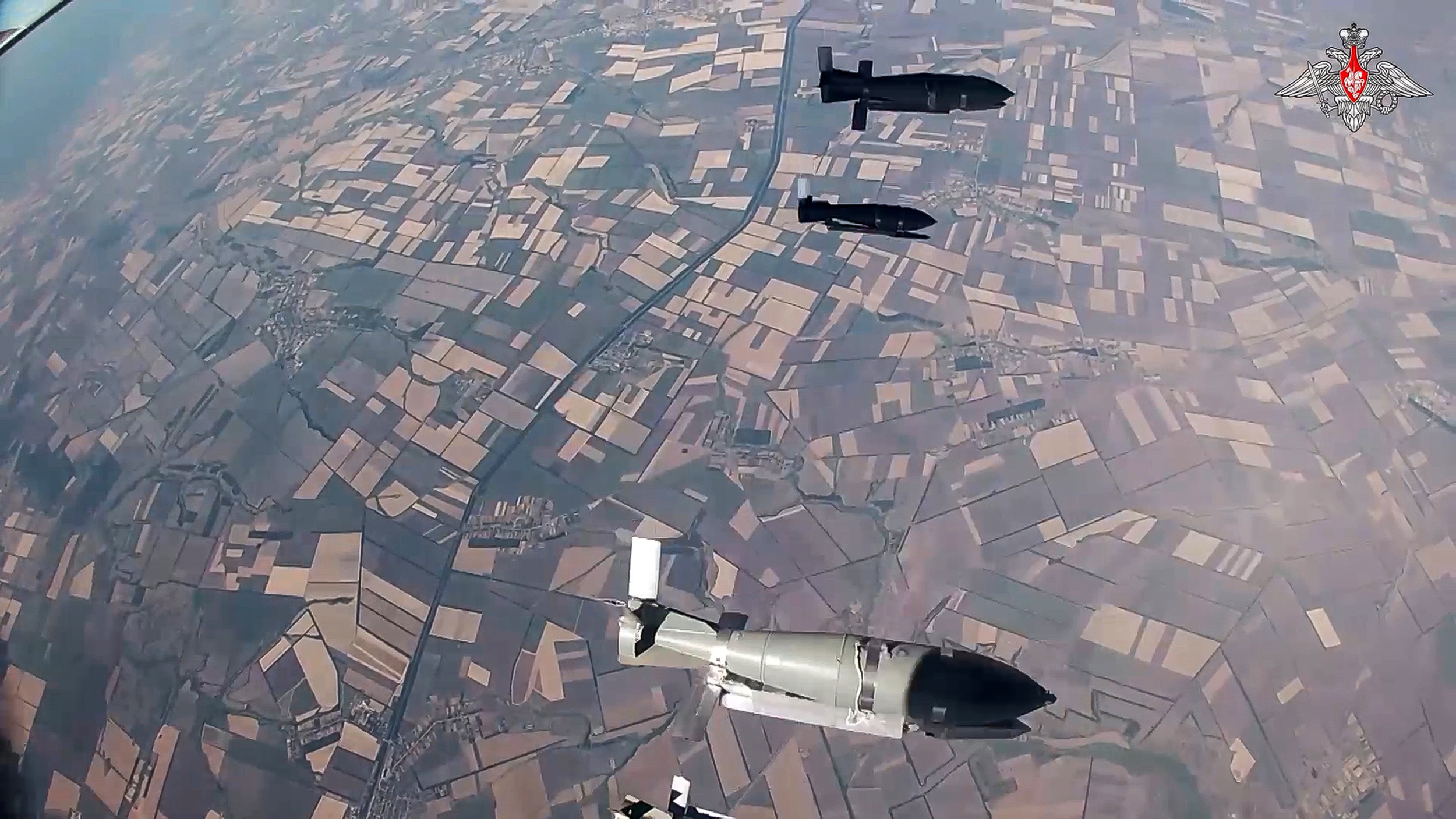


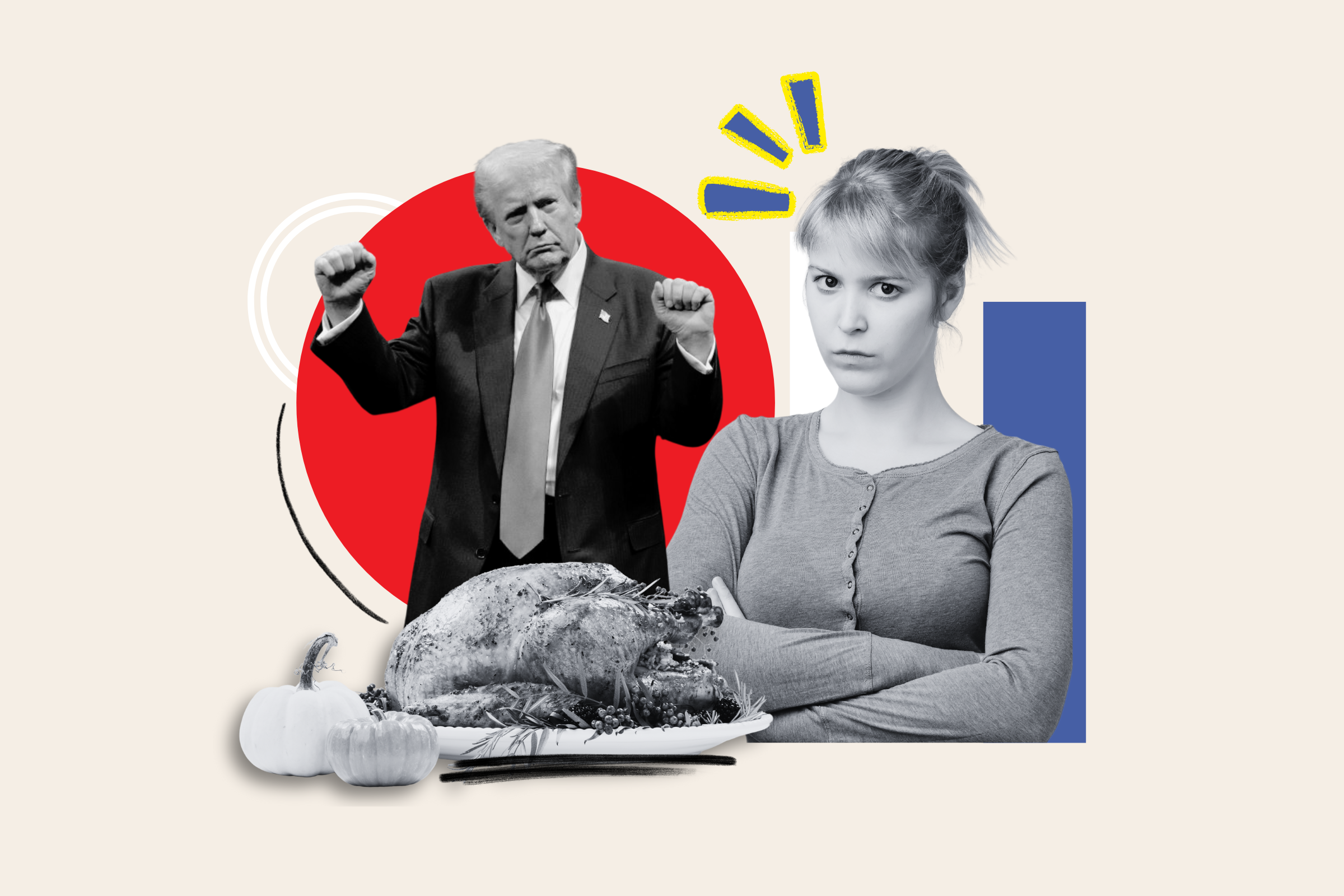
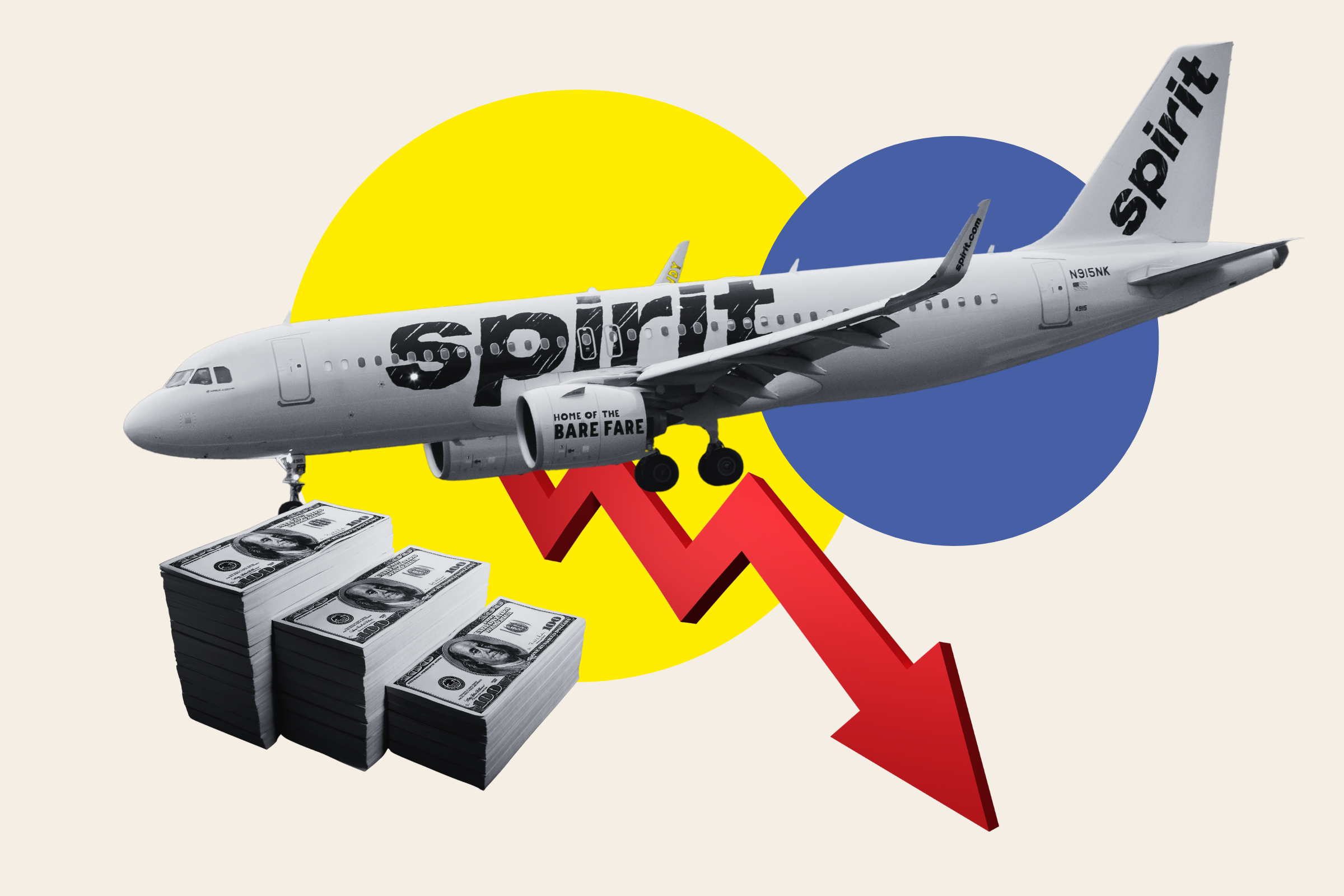


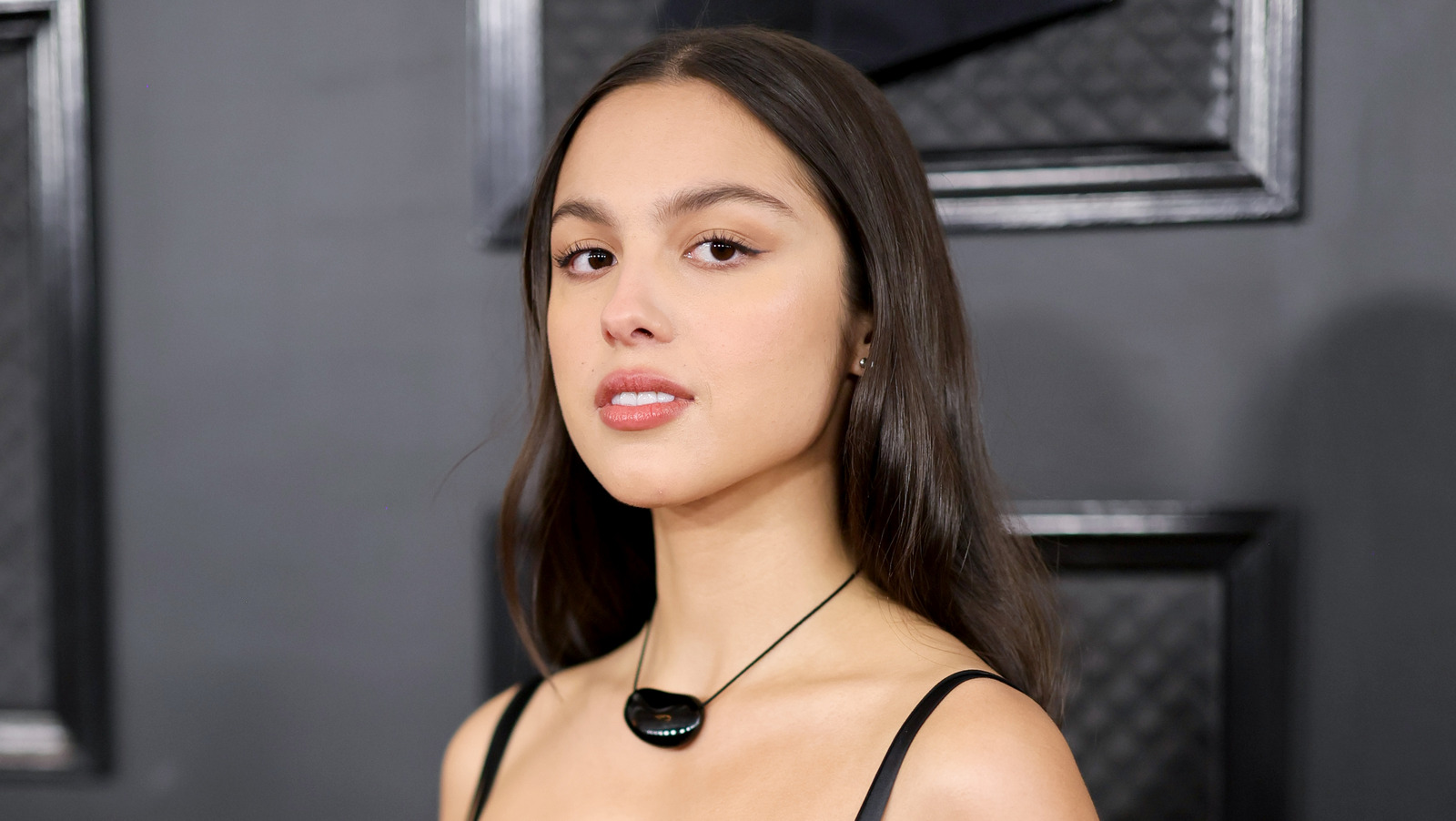

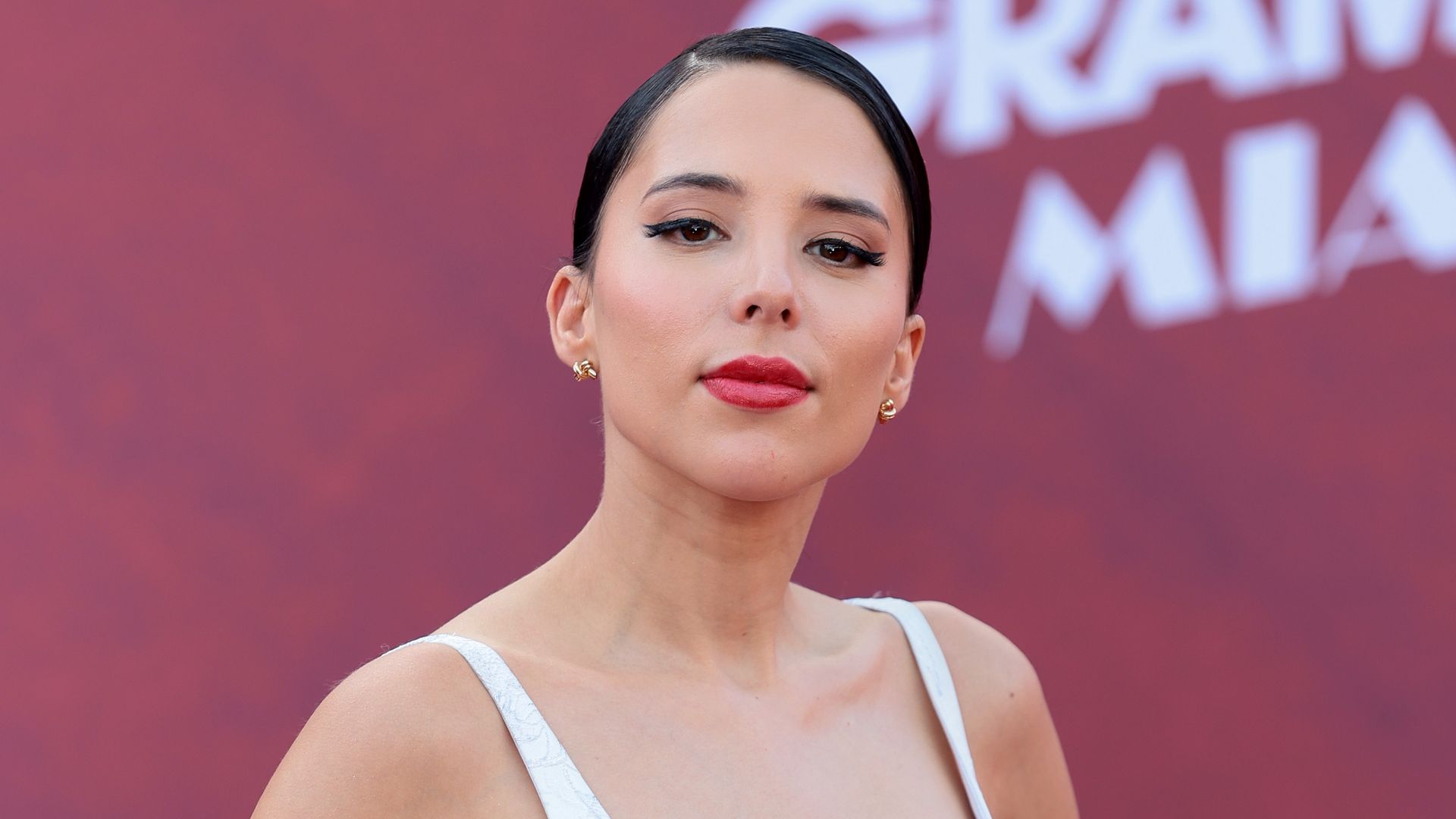)



 English (US) ·
English (US) ·